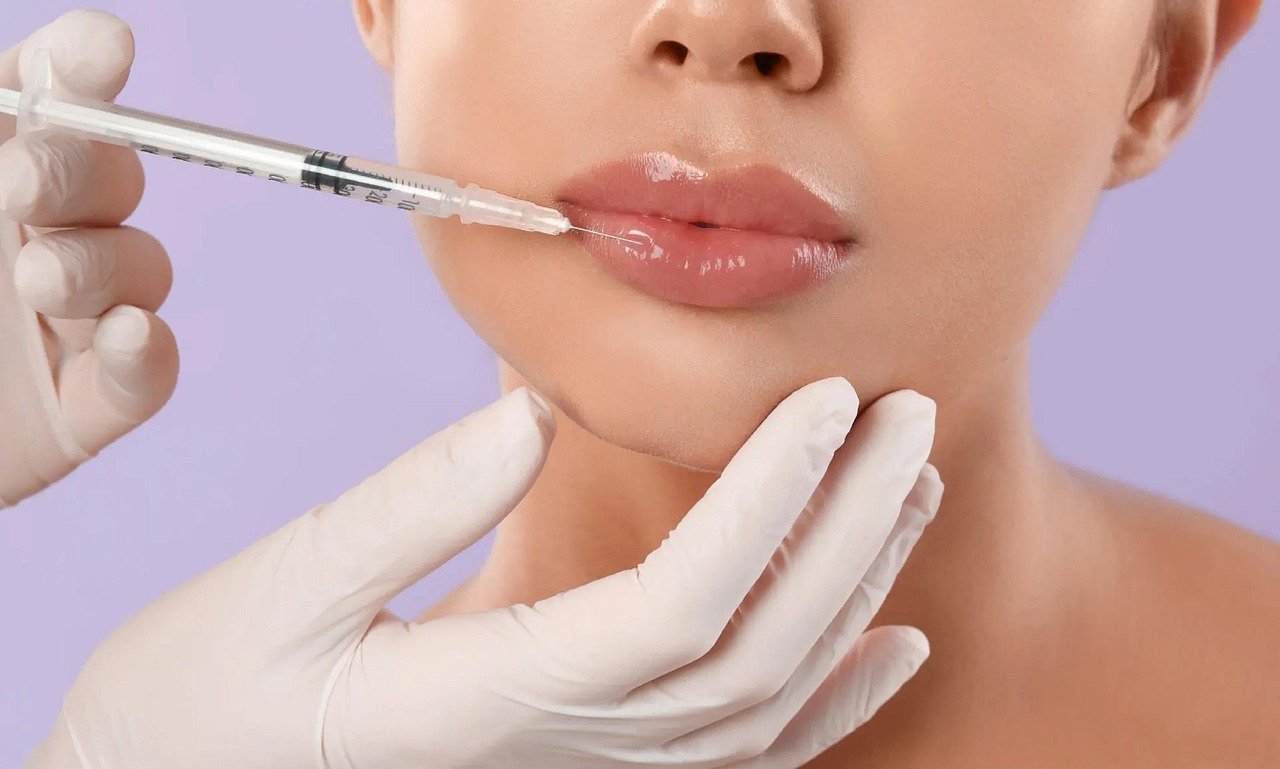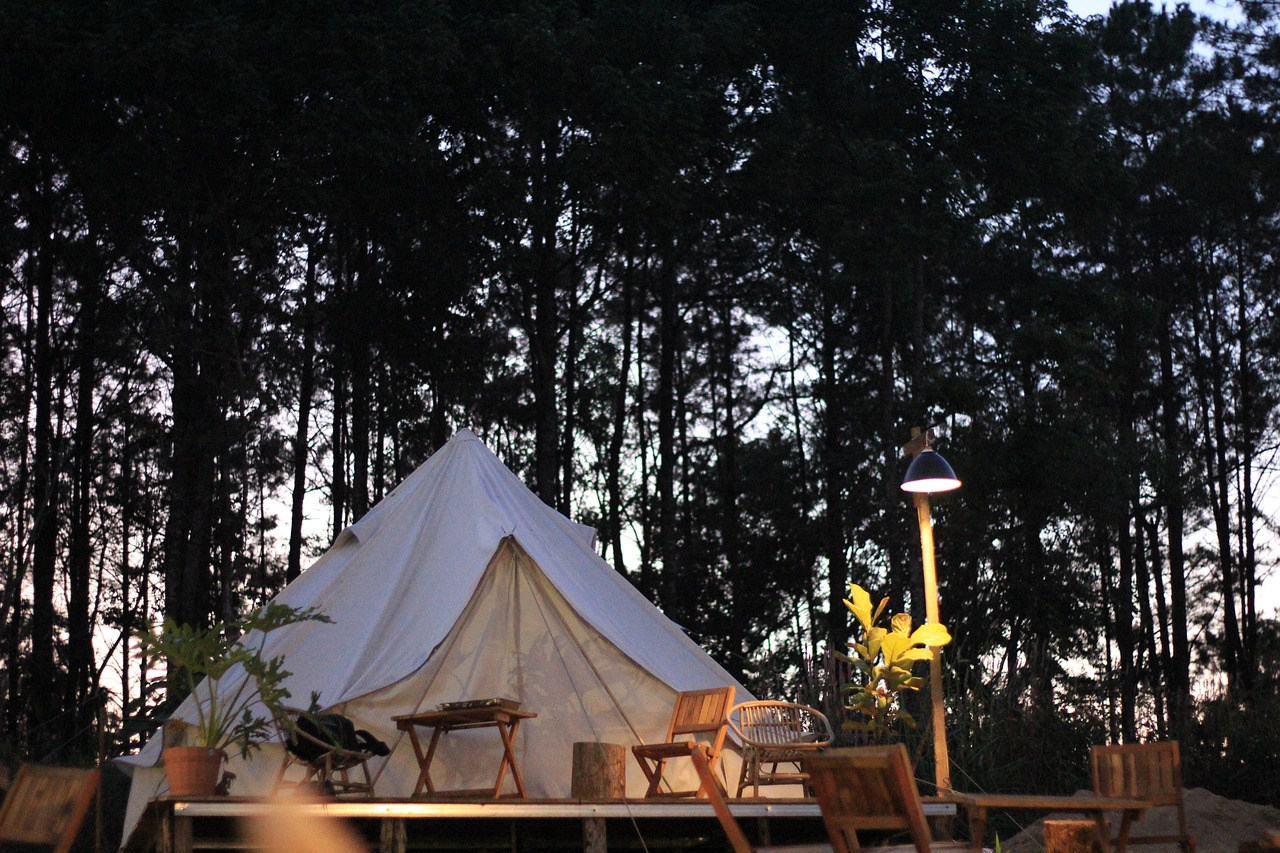The Art and Science Behind Botox: A Modern Panacea for Ageing
In the ever-evolving world of beauty and aesthetics, one name has remained a constant over the past two decades - Botox. Initially noted for its ability to smooth out wrinkles, Botox has since become a multi-purpose tool in the field of cosmetic procedures, treating everything from excessive sweating to migraines. Its versatility and efficacy have secured its position as a staple in the beauty industry, with millions of people worldwide turning to this treatment on an annual basis.

A Brief History of Botox
Botox, short for Botulinum toxin, is a neurotoxic protein produced by the bacterium Clostridium botulinum. While its discovery dates back to the 19th century, its application in the field of beauty was not recognised until the late 20th century. In the 1980s, ophthalmologists began using Botox to treat strabismus (crossed eyes) and blepharospasm (eyelid spasms). They noticed a side effect - the smoothing of wrinkles around the eyes. This serendipitous discovery revolutionised the cosmetic industry, and by 2002, the US Food and Drug Administration (FDA) approved Botox for cosmetic use.
Botox: A Global Phenomenon
Today, Botox is a global phenomenon, with millions of injections administered every year. According to a report by the American Society of Plastic Surgeons, in 2020 alone, over 4.4 million Botox procedures were performed in the United States. The rise in popularity of Botox can be attributed to several factors, including its non-invasive nature, quick results, and relative affordability compared to surgical procedures. This growing demand for Botox is not limited to the Western world; it’s also gaining popularity in countries like South Korea, Brazil, and India, reflecting a worldwide shift towards minimally invasive cosmetic procedures.
Transforming Perceptions of Ageing
The primary use of Botox is to reduce the appearance of facial wrinkles, a visible testament to ageing. In a society where youth and beauty are closely intertwined, Botox offers a quick fix to maintain a youthful appearance. However, beyond its cosmetic applications, Botox has also contributed to changing perceptions about ageing. It’s helped normalise the idea that ageing is a process that can be managed and controlled, rather than an inevitable decline. This cultural shift has had a profound impact on how we perceive ageing and has led to an increased acceptance of cosmetic procedures as part of personal care and wellness routines.
Botox Beyond Beauty
While Botox’s cosmetic applications are well known, it’s lesser known for its therapeutic uses. Botox has been found effective in treating a variety of medical conditions, including chronic migraines, excessive sweating (hyperhidrosis), and certain muscle disorders. These applications further underscore the versatility of Botox and its potential to improve quality of life beyond aesthetic improvements.
The Future of Botox
As we look to the future, the potential of Botox seems limitless. Research is underway to explore new applications, from treating depression to potentially reducing the severity of heart attacks. This ongoing research and the evolution of Botox underscore its transformative capacity in both the world of beauty and beyond.
In the end, Botox is far more than a beauty treatment. It’s a cultural phenomenon that has redefined perceptions of beauty and ageing, a medical tool with numerous therapeutic applications, and a testament to the ever-evolving field of cosmetic science. As our understanding of Botox continues to deepen, it’s clear that its impact will continue to be felt in the world of beauty and well beyond.





